The featured image looks approximately south, over Stephens Bay.
The distantmost rocky point is South West Cape – the “corner” of southwest Tasmania.
This post is best viewed/read after its prequel.
All photos were taken on the afternoon of 24 May, 2018.
A few minutes into our walk from one of Port Davey’s sheltered shores across to Stephens Bay’s ocean beach, we were reminded that Tasmania is one of the world’s hotspots for freshwater crayfish.
This one’s burrow opened directly into our walking track!
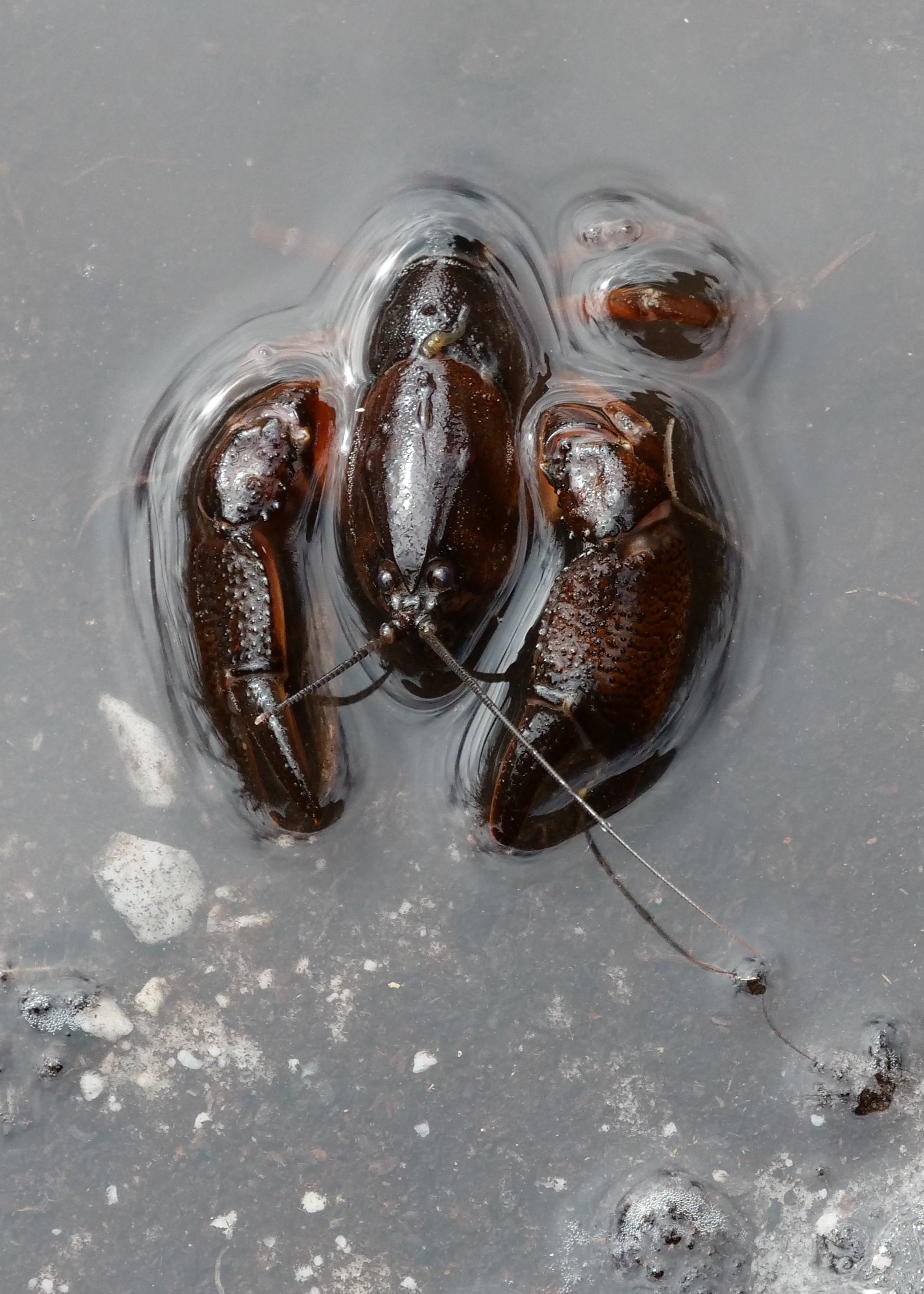
(Northwest Tasmania is home to the world’s largest freshwater crayfish species. The southwest’s are more modestly sized)
Twenty minutes later, we were just behind the beach, and in a little “pocket forest” beside a creek.
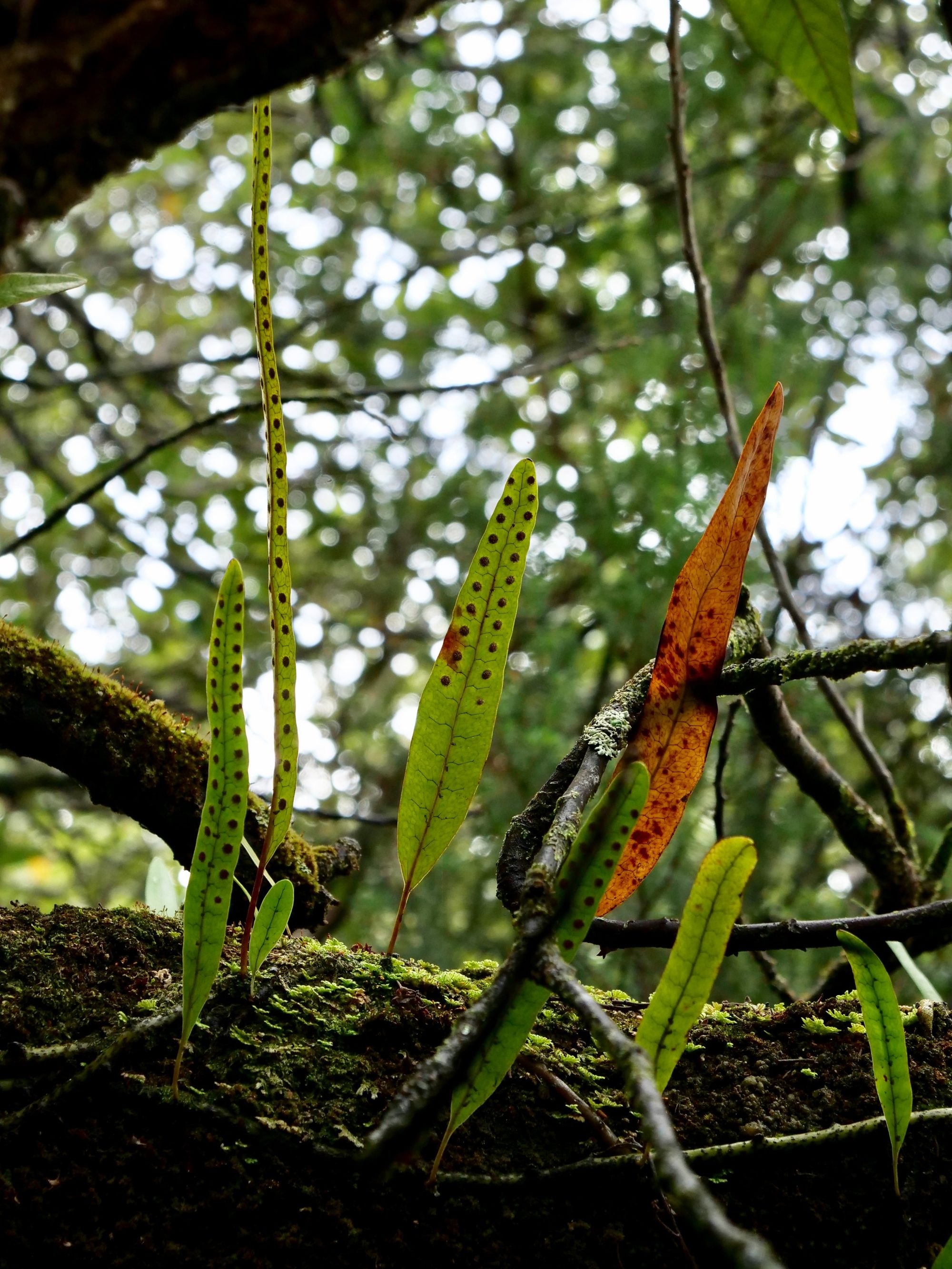
The beach is suitably wild – due south, Antarctica is the next and only substantial land mass.
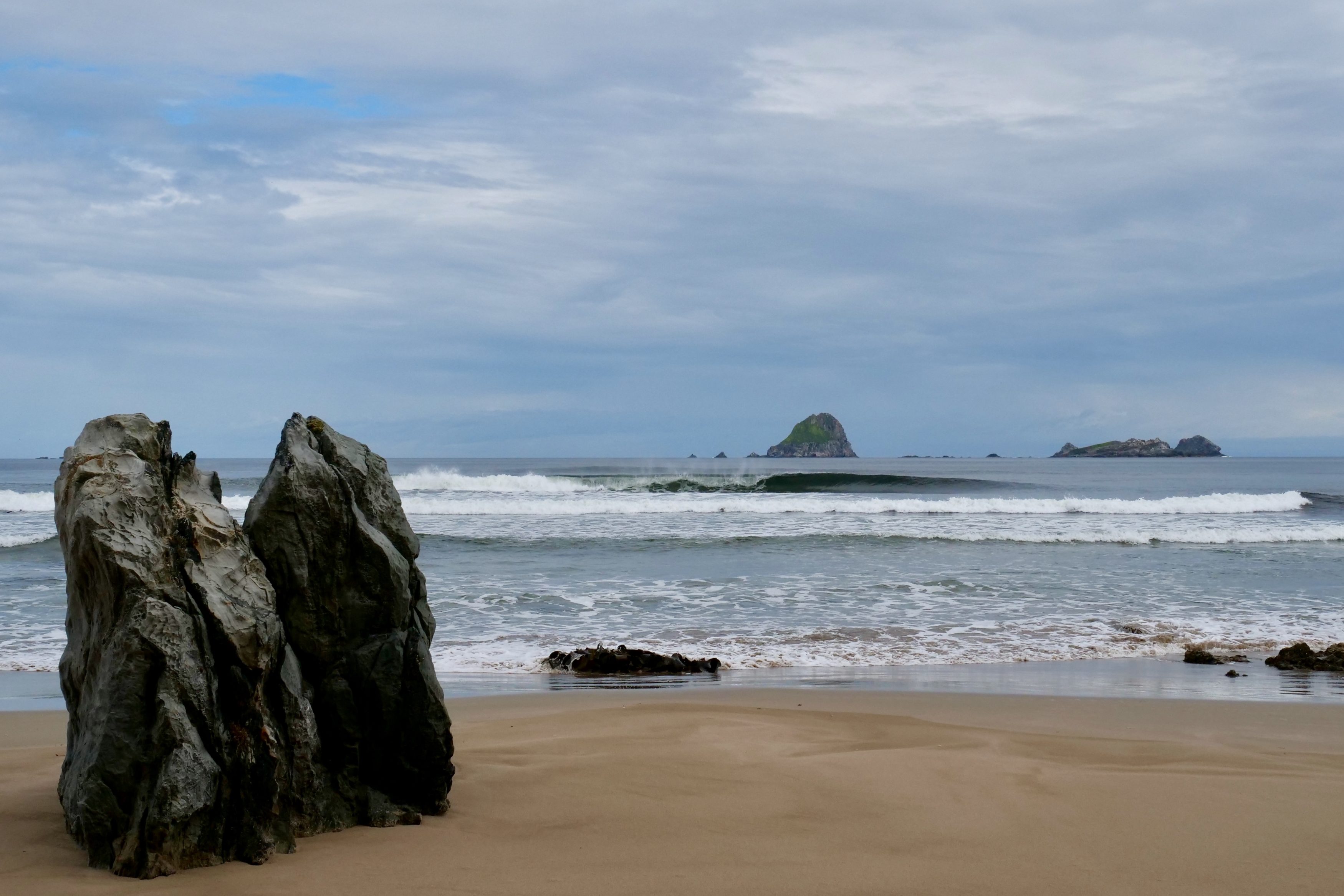
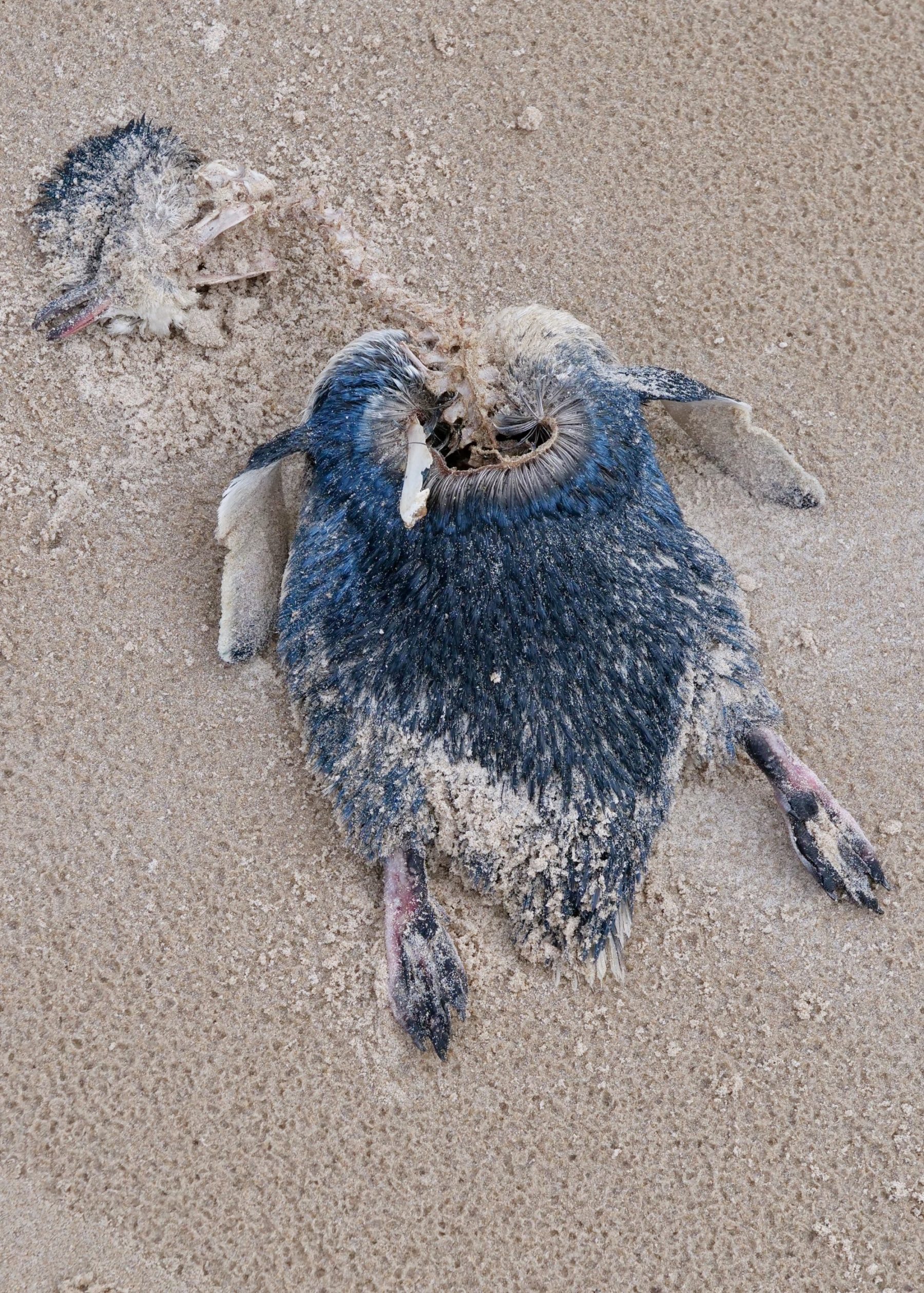
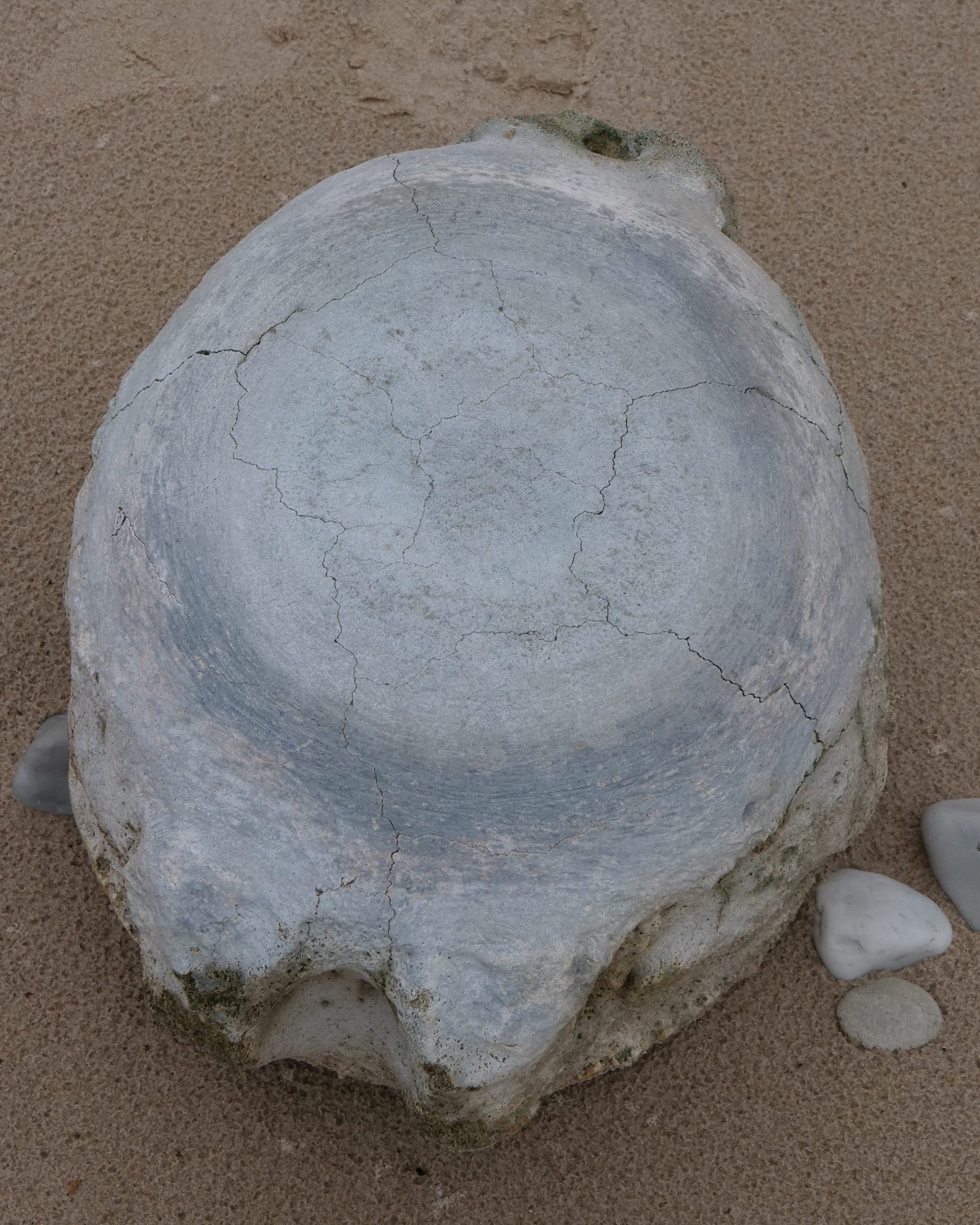
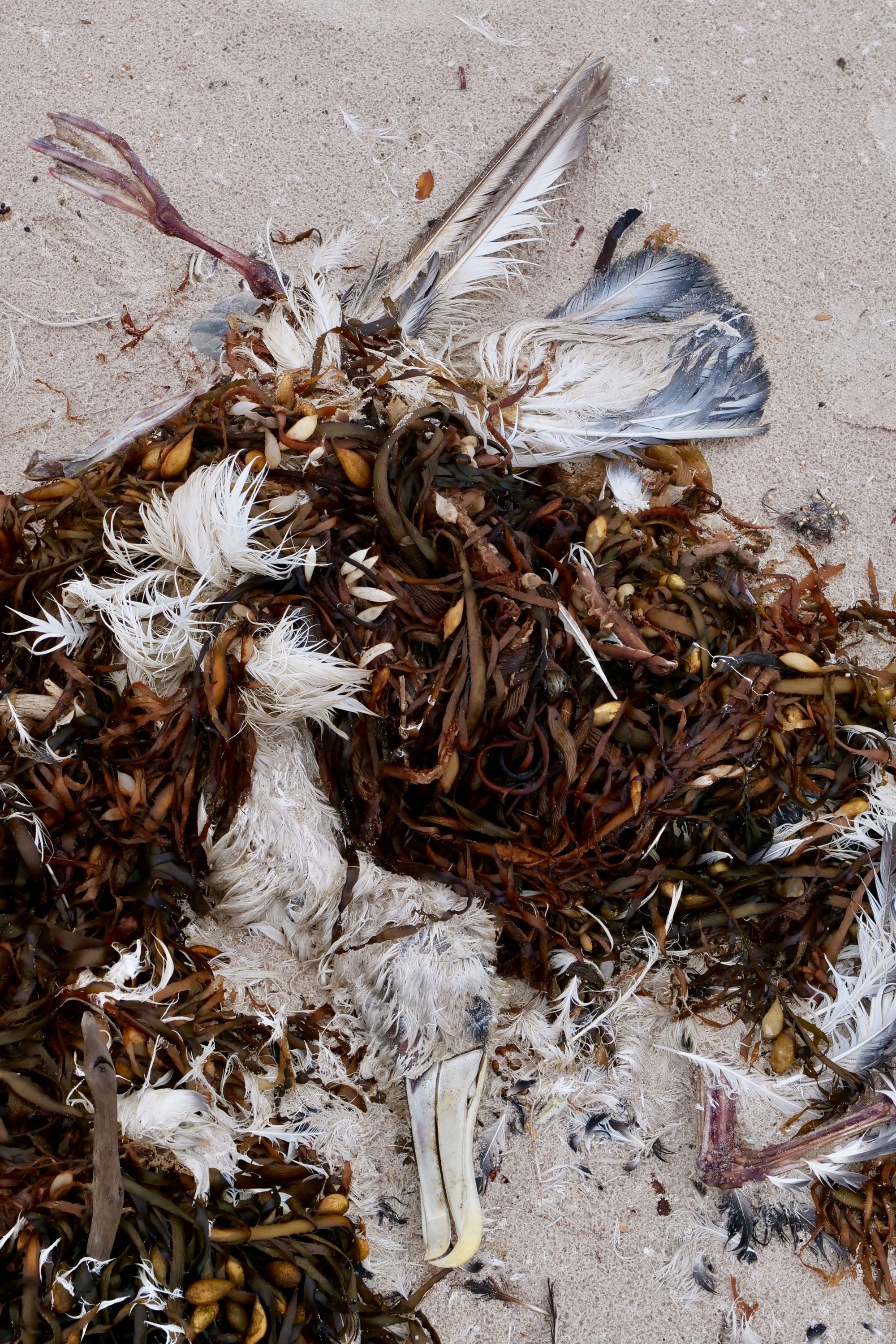
As previously stated, by any reasonable definition, Southwest National Park is “wilderness”.
However, humans lived in this “wilderness” for many thousands of years before Europeans “discovered” Tasmania.
There is still spectacular evidence that the indigenous humans enjoyed abundant seafood, over countless generations.
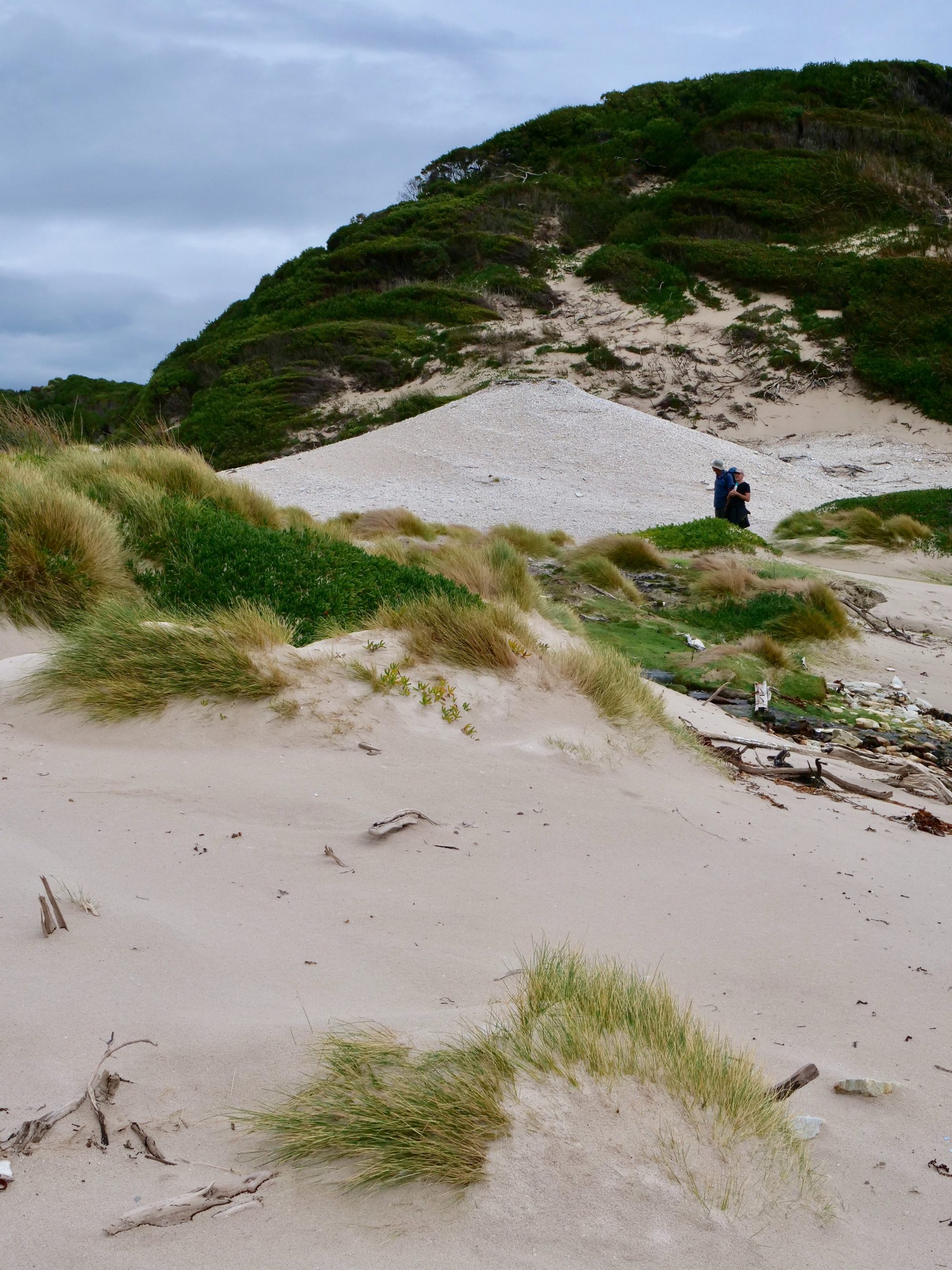
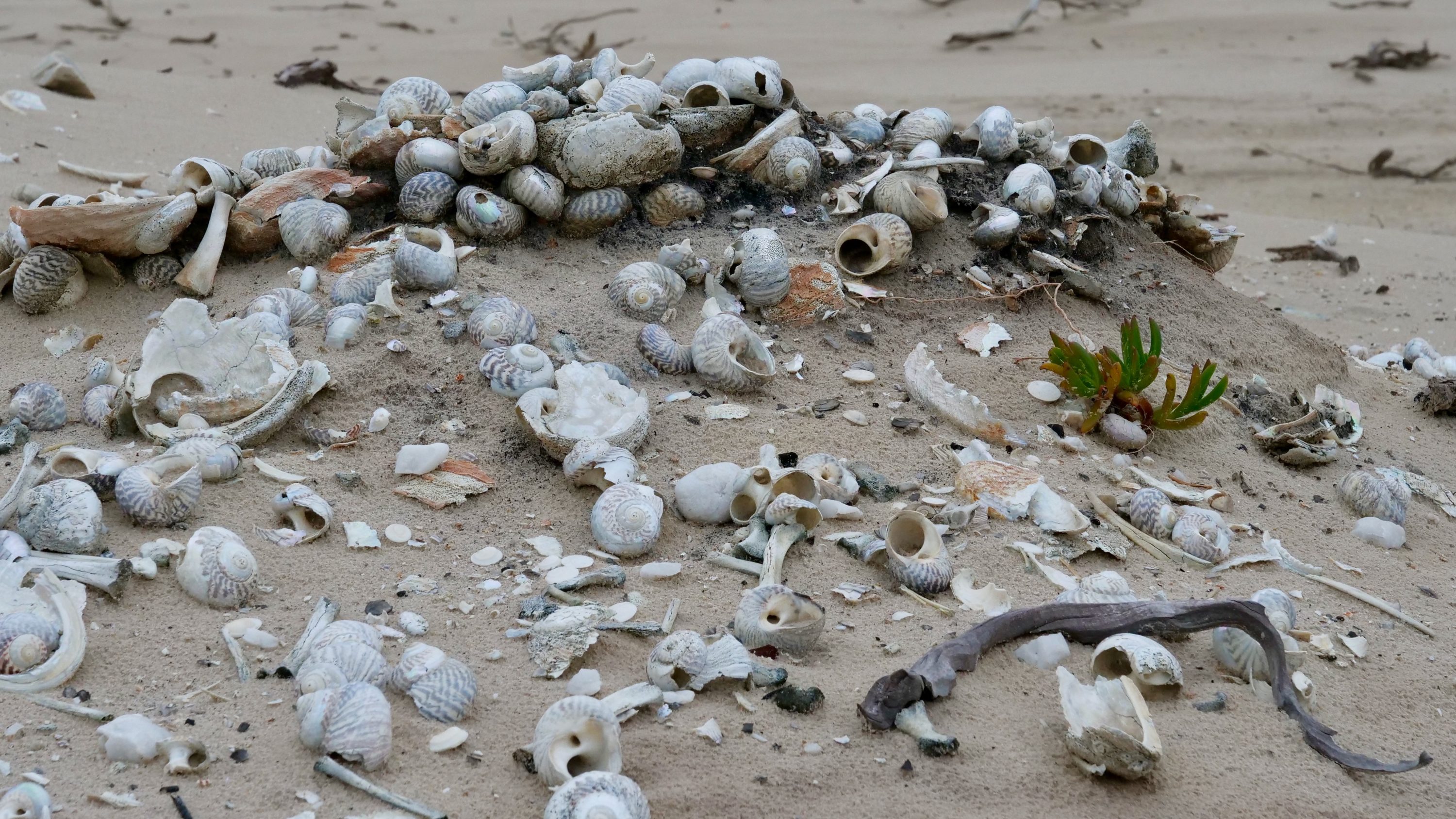
Courtesy of our guide’s generosity, and his skill as diver/hunter, my beloved and I feasted that night on sea-dwelling lobsters.
Whilst he was in the water we walked up behind the middens, then gathered a few strands of kelp from the beach.
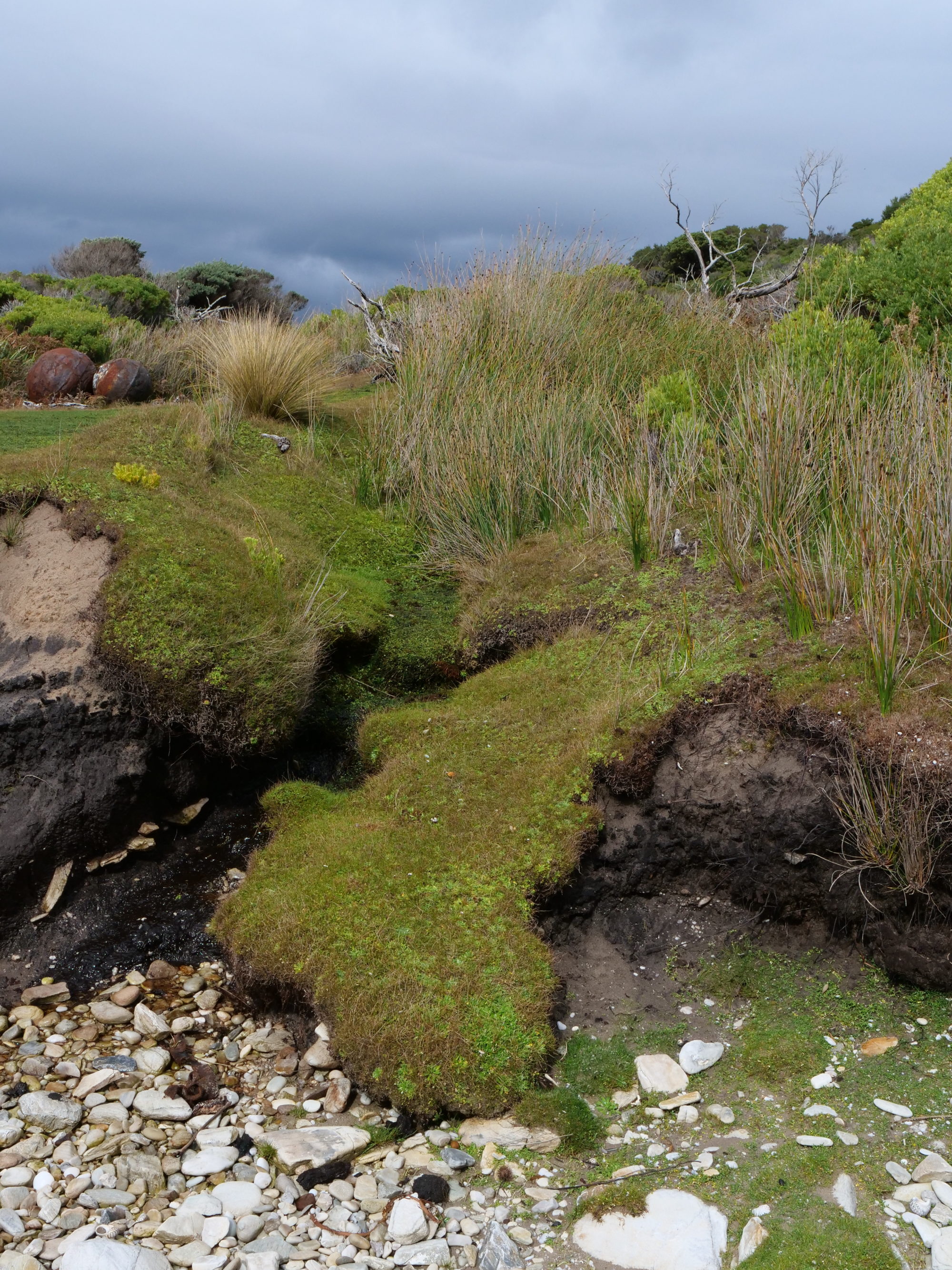
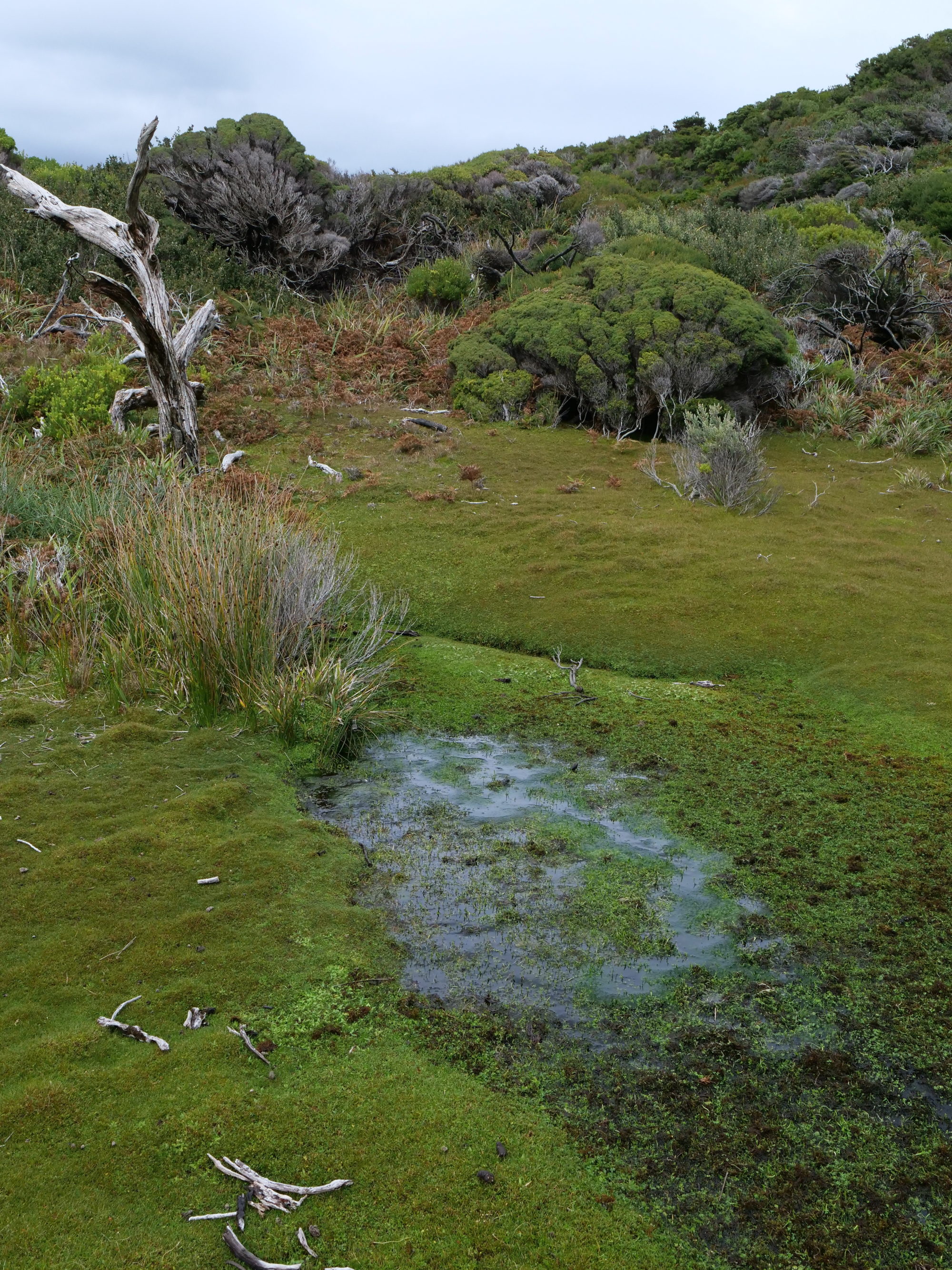
Zooming in on/enlarging the final two images will enable you to see just how exquisite are the kelp’s textured surfaces.
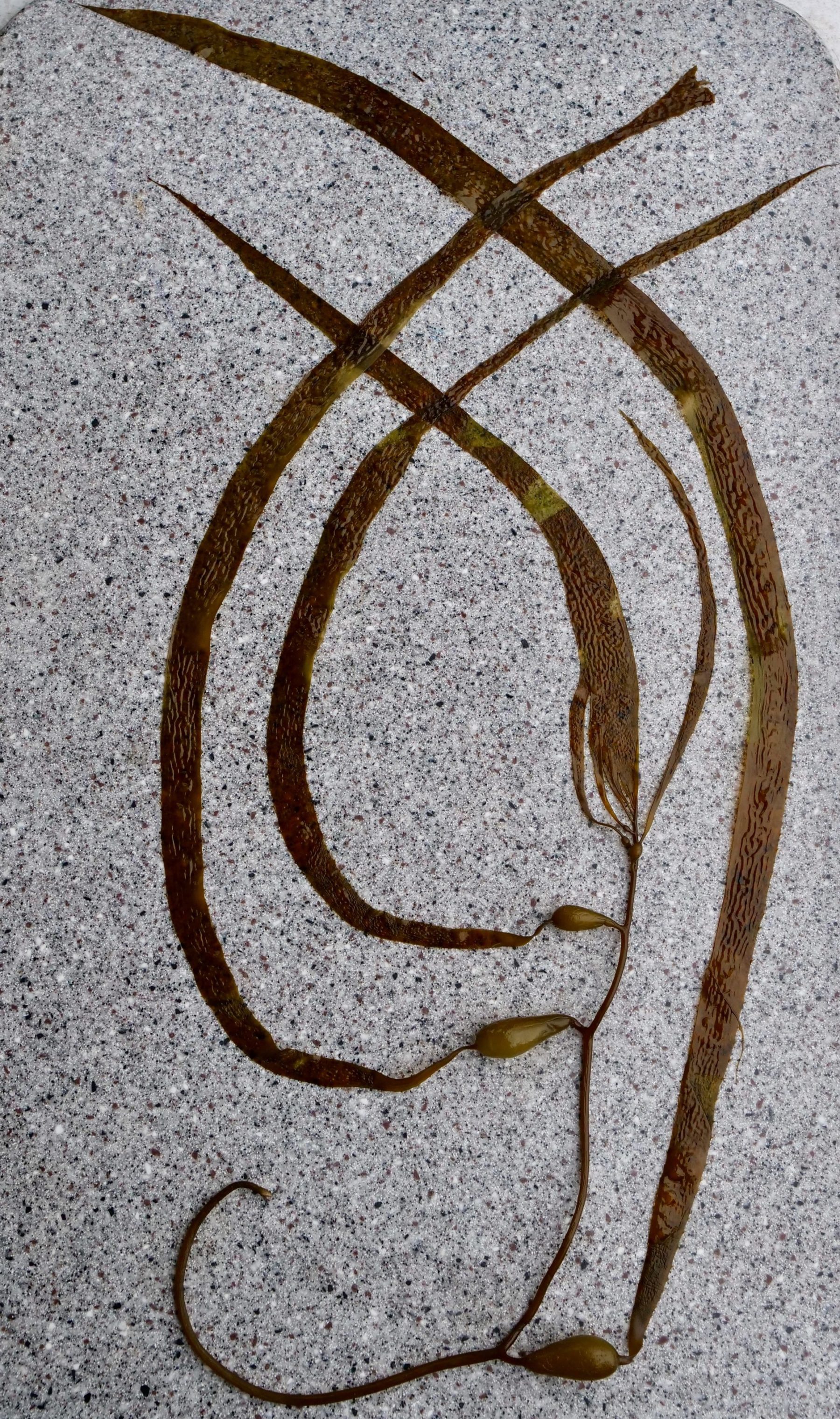
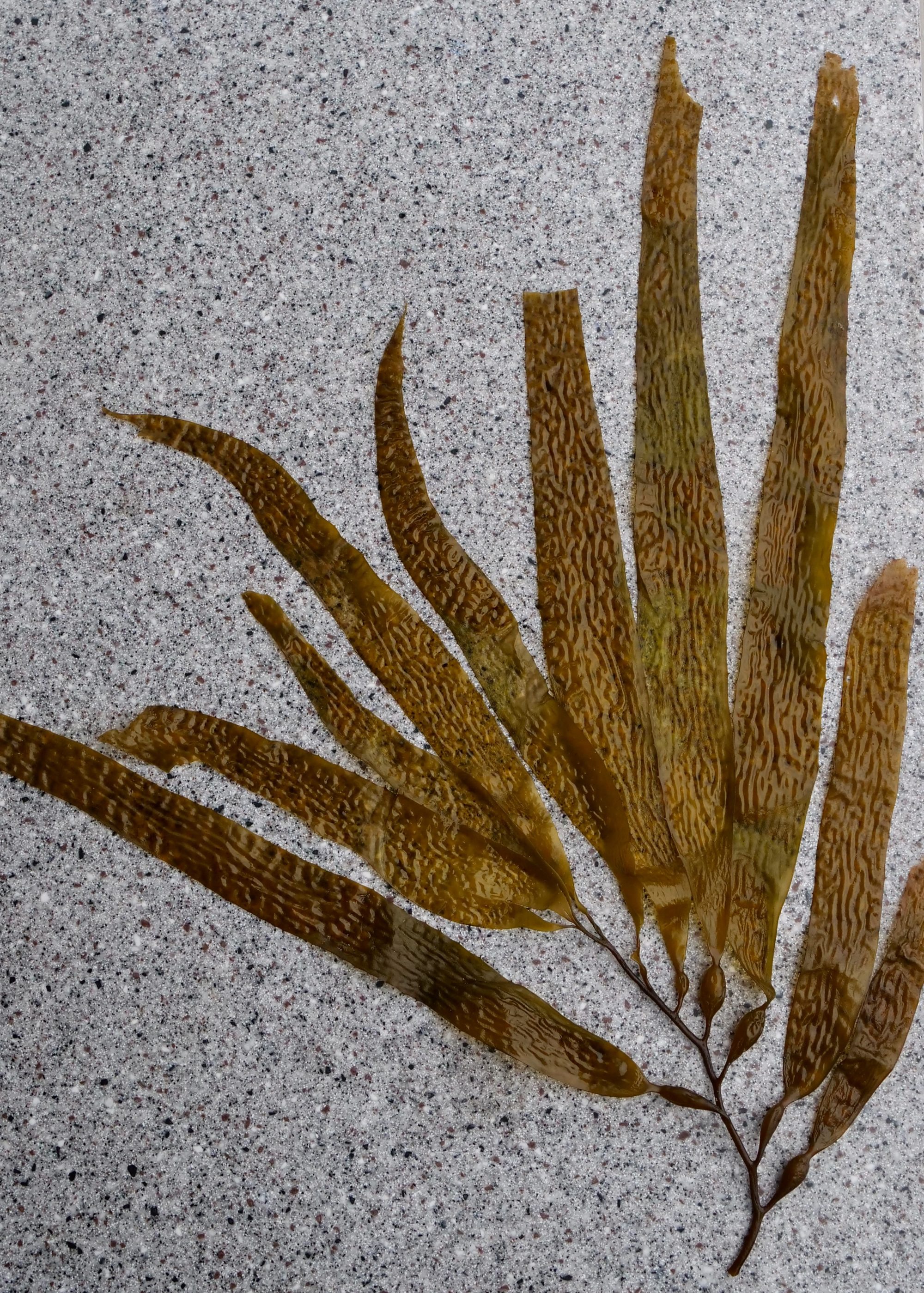
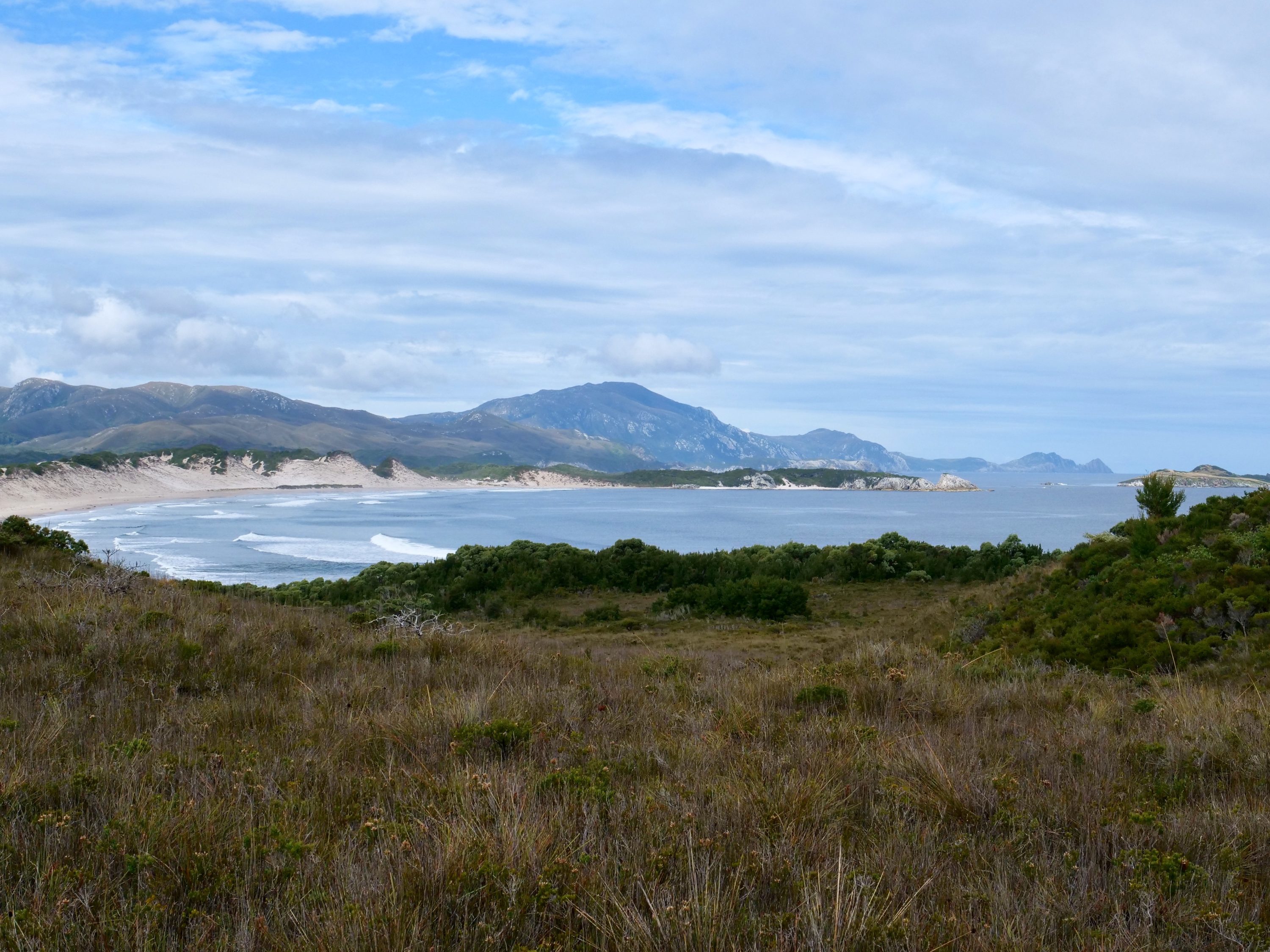
Hi Doug, As impressed as I am by your photos (and your photographic subjects, especially the crayfish, the albatross and the midden), I am even more impressed by how you got to such a remote location as Stephens Bay! Did you book a cruise? Stow away on a yacht? Hijack a helicopter? Lucky you, however you got there.
Click here to see how we got there – a “splurge” that is absolutely worth it.